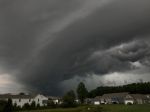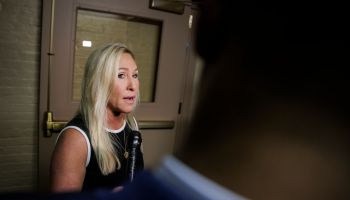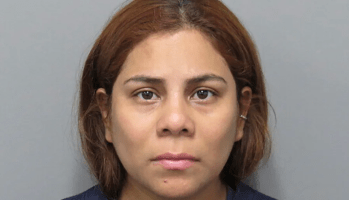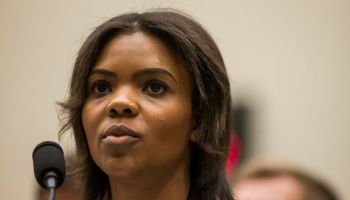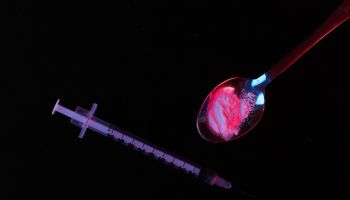Children’s eye exams should include the following components:
- Inspection of the eye: The health care provider inspects the eyes and eyelids, exams the various eye muscle movements, and examines the pupils and the reflection of light from the back of the eye.
- Ophthalmoscope: In older children, the eye care professional examines the back of the eye.
- Corneal light reflex testing: Using a small flashlight, the health care provider looks at spot where the light is reflected from the front surface of the eye, called the cornea. The light reflected should be in sharp focus and centered on both pupils. The test result is abnormal if the corneal light reflex is not crisp and clear, or if it is off-center.
- Cover testing: This test detects misalignment of the eyes. While the child focuses on a target, the examiner covers each eye one at a time to look for a “shift” in the eyes.
- Age appropriate visual acuity testing: Using an eye chart, the examiner asks the child to read numerous lines of characters. It is important to test each eye separately and to be sure that the child is not “peeking” with the other eye.
June Is Child Vision Awareness Month was originally published on elev8.hellobeautiful.com






